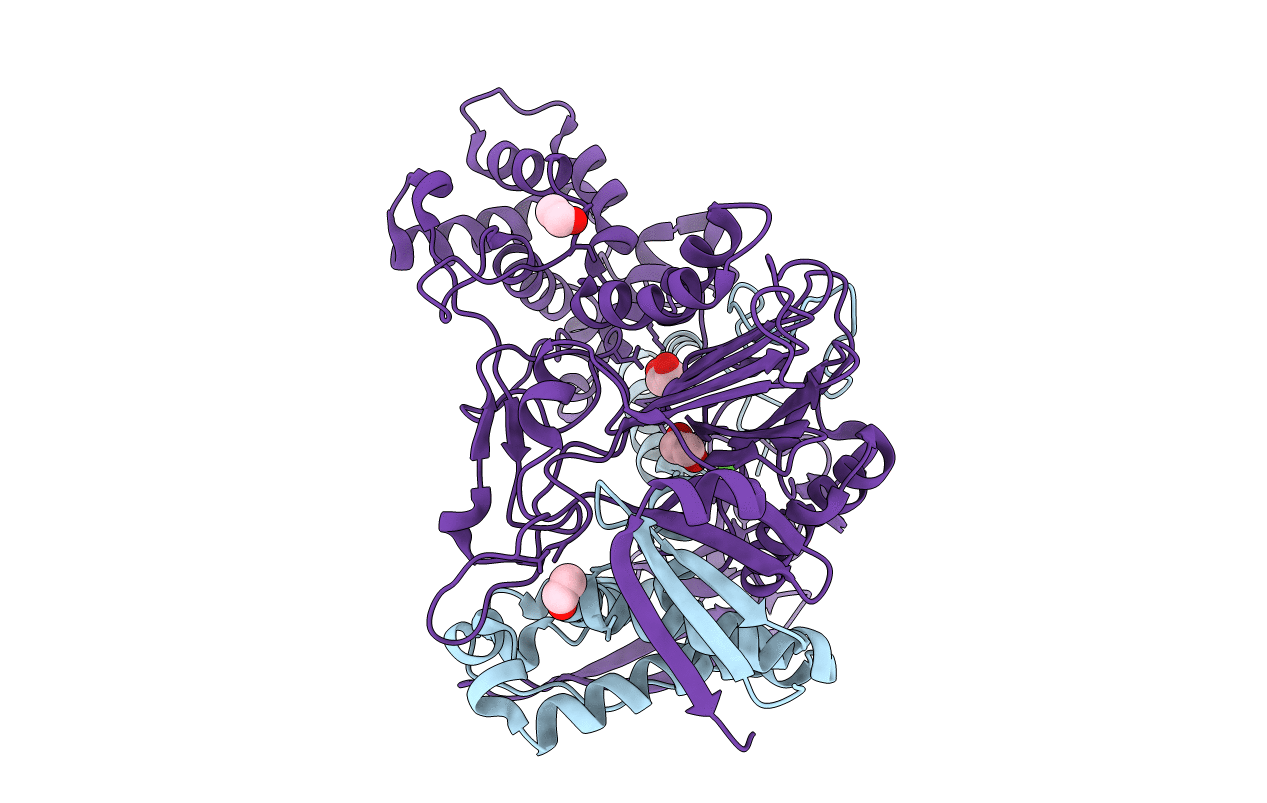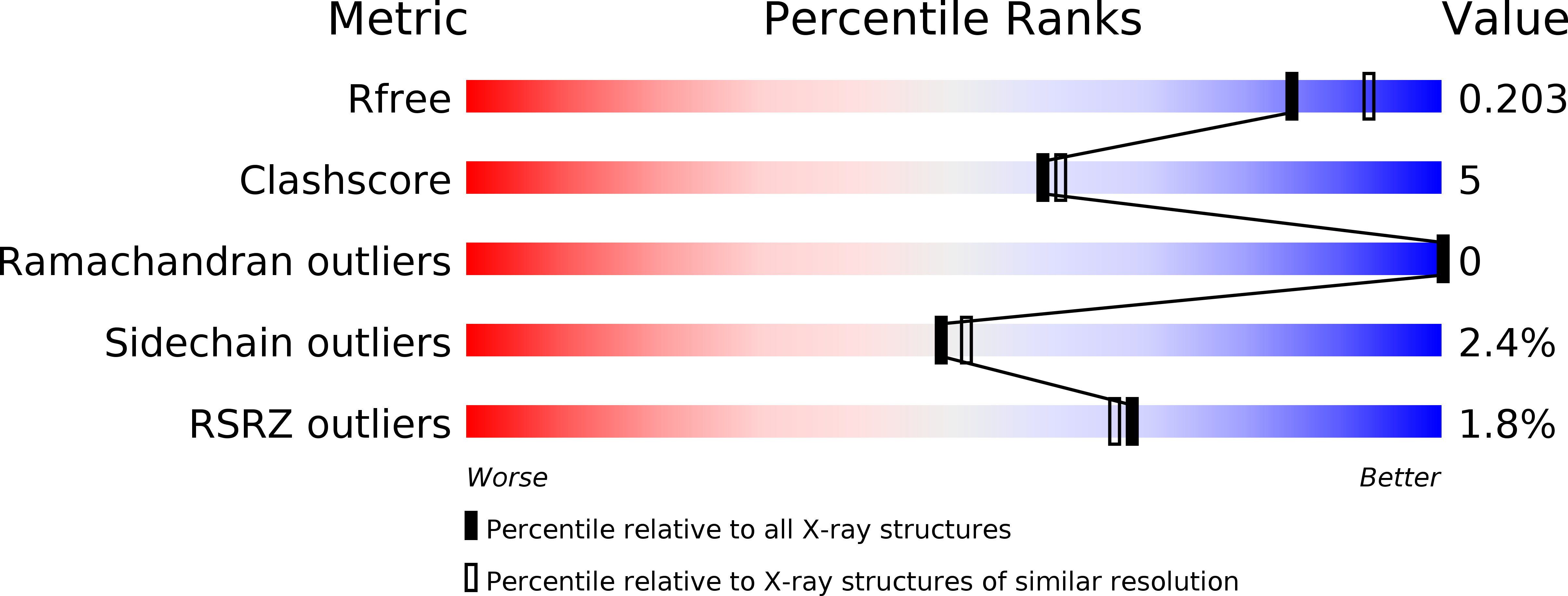
Deposition Date
2002-08-08
Release Date
2003-07-17
Last Version Date
2023-12-13
Method Details:
Experimental Method:
Resolution:
2.00 Å
R-Value Free:
0.19
R-Value Work:
0.15
Space Group:
P 1


